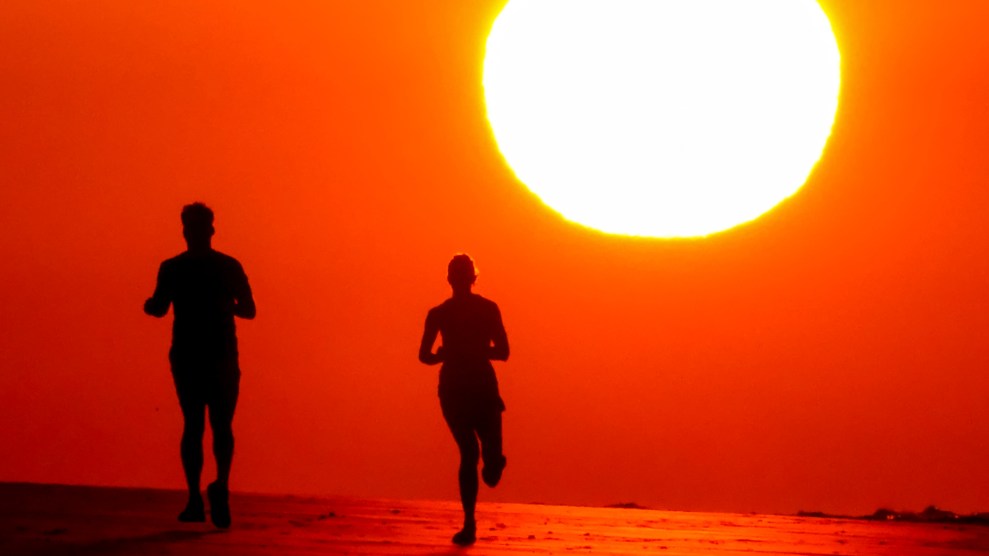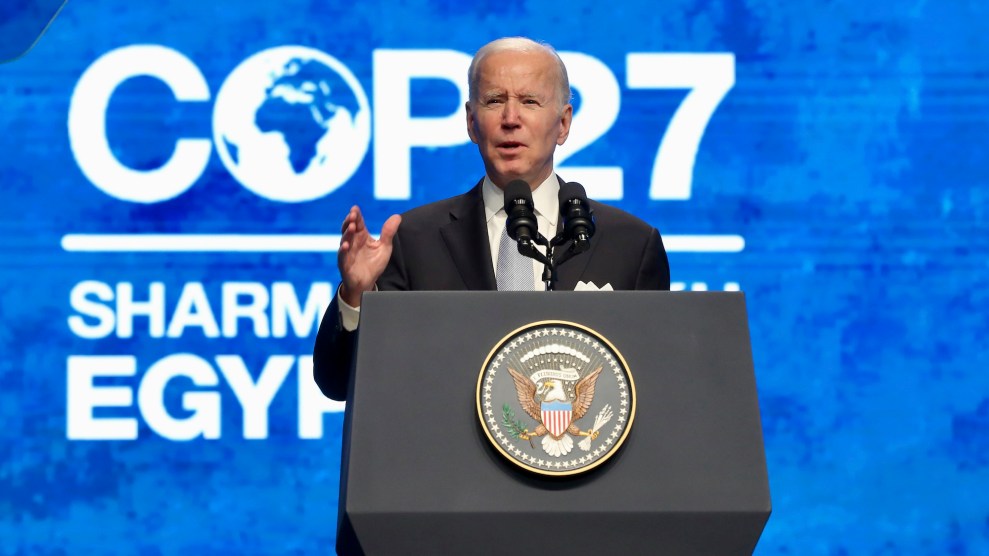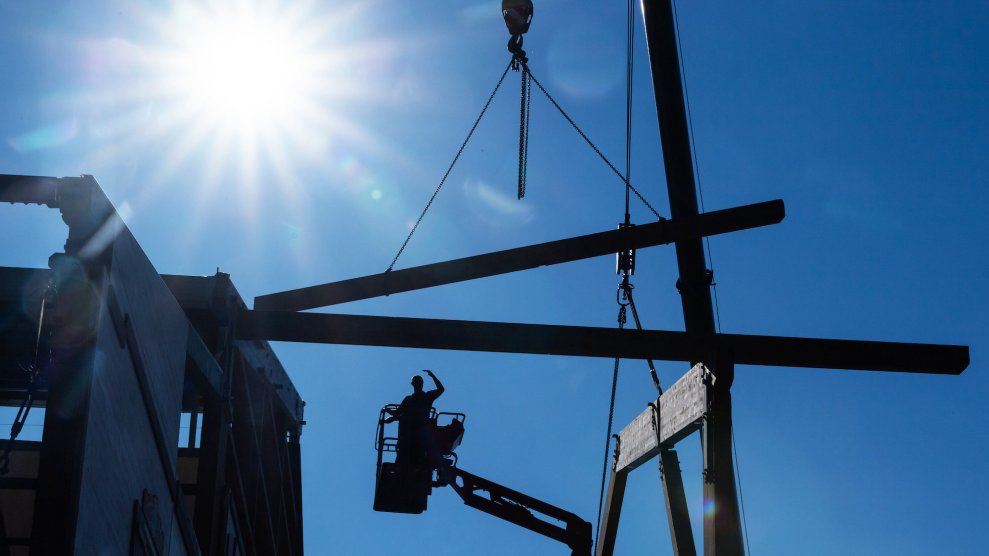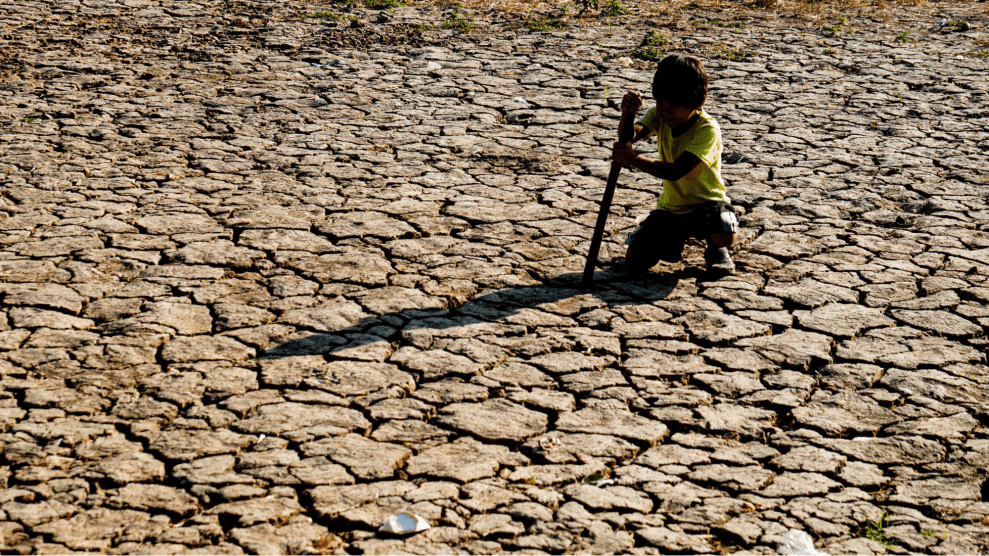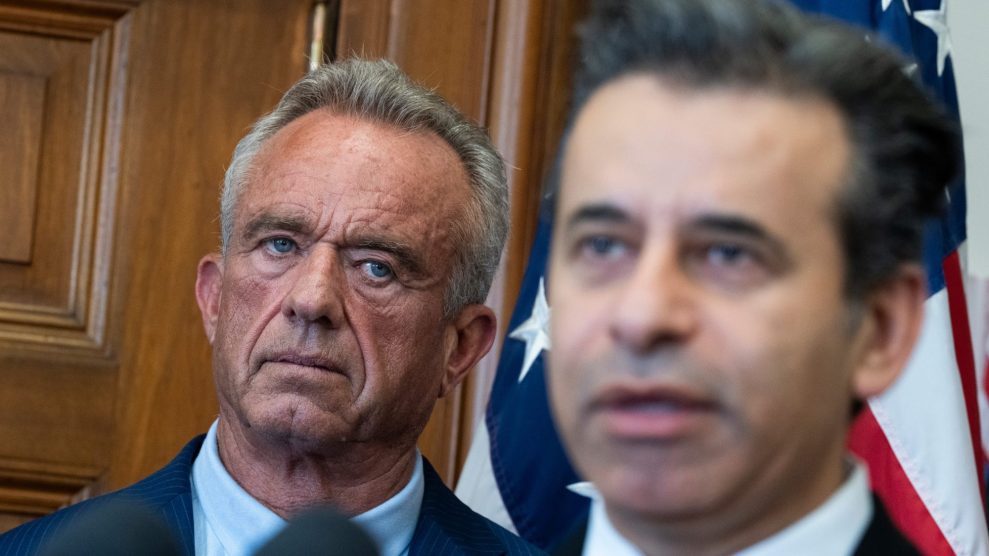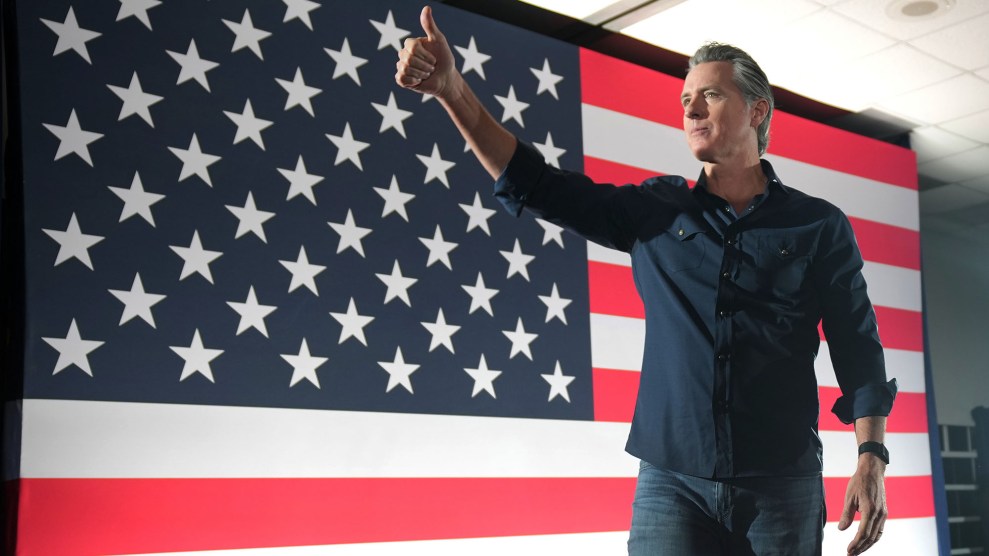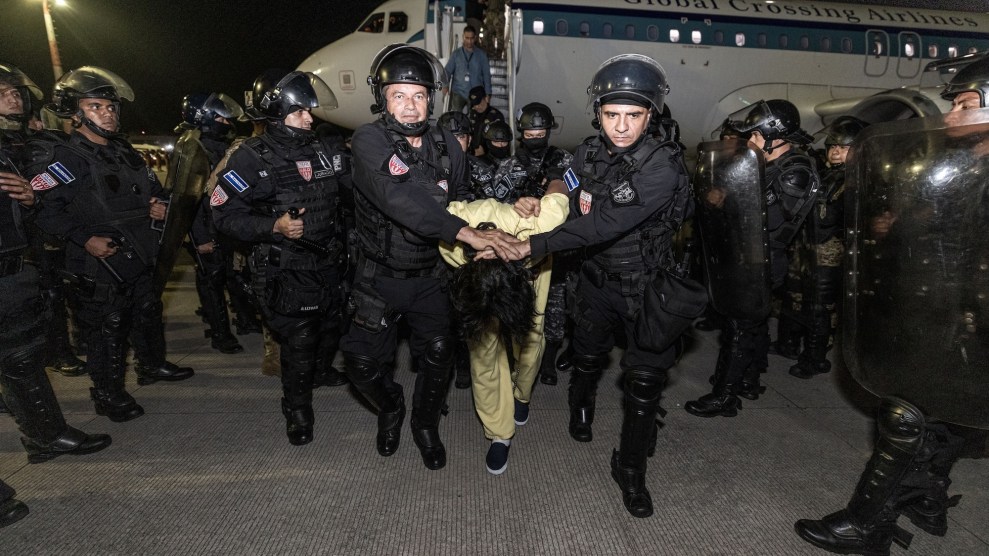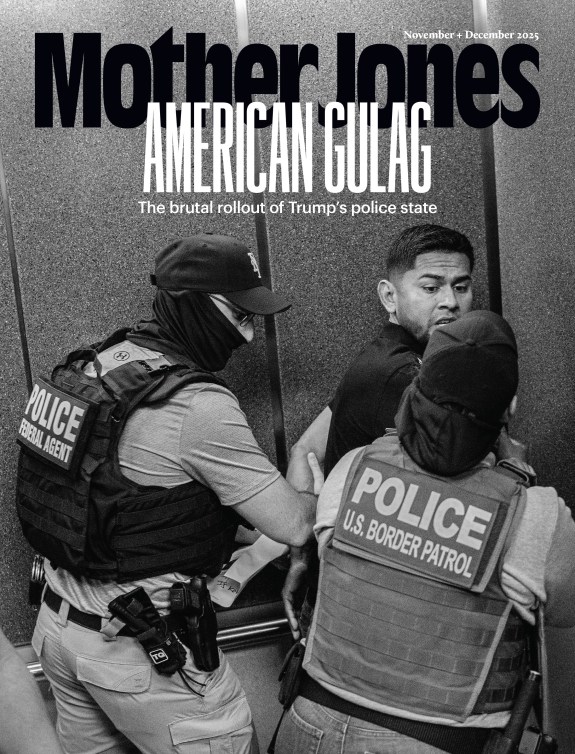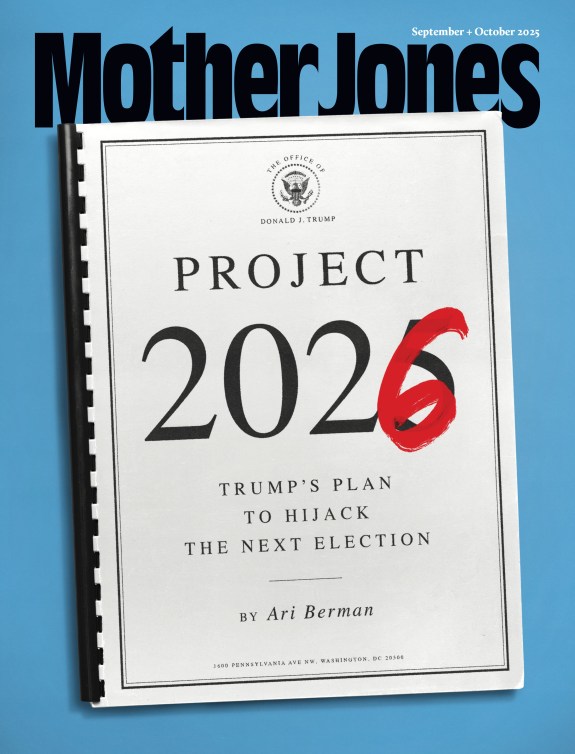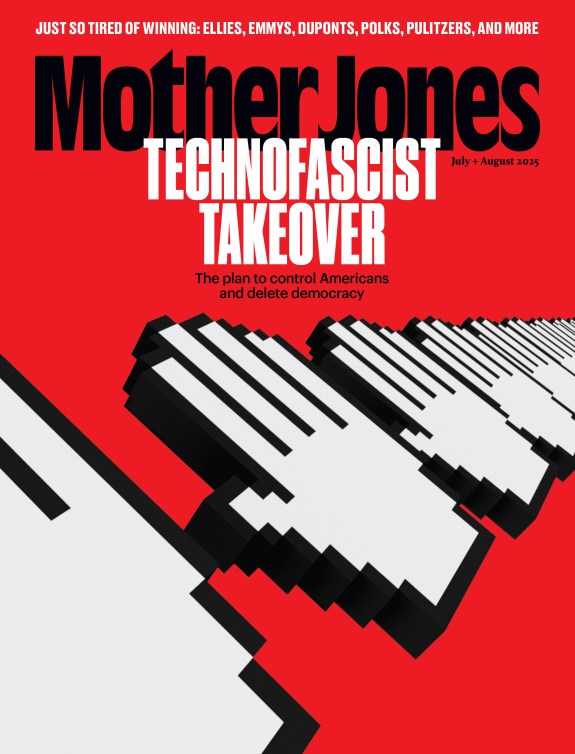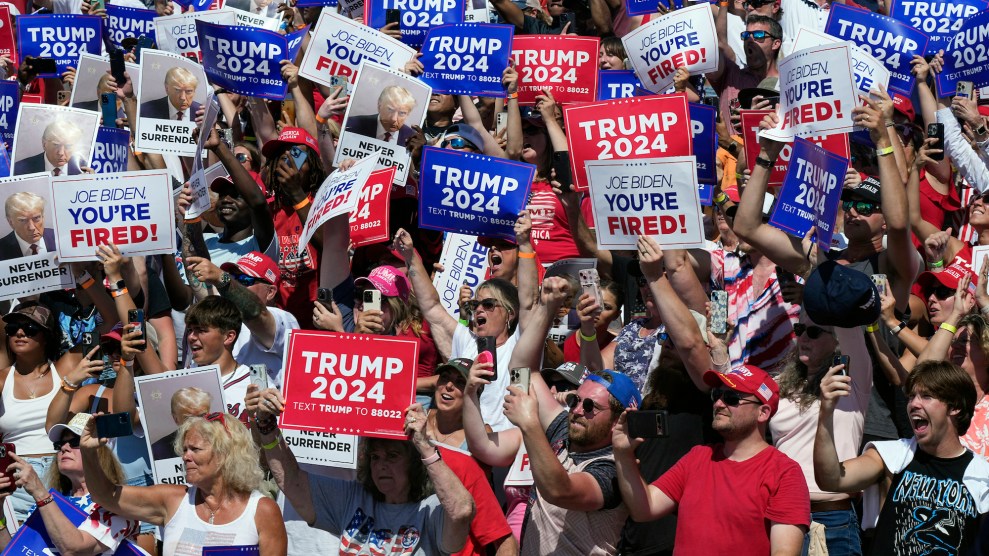
Steve Helber/AP
It’s a hot political summer, literally. Both Republican and Democratic politicians have been holding rallies and other political events outside during a recent spate of heat waves—including a Trump rally that sent 11 people to the hospital in Phoenix, Arizona, in early June, when temperatures reached 111 degrees Fahrenheit.
Democrats and Republicans don’t see eye to eye when it comes to climate change policies, with Florida Republican Gov. Ron DeSantis banning local governments from instituting heat protections for outdoor workers in April. But experts who spoke with me agreed that organizers of large outdoor political events across the political aisle have an ethical obligation to keep attendees as safe as possible, in order to reduce potential complications such as heat stroke.
“They have that obligation to protect people, to the extent they can, from any foreseeable hazards—including crush injuries, injuries from intentional violence, chemical and biological hazards,” says Dr. Jeremy Hess, director of the University of Washington’s Center for Health and the Global Environment. “Ideally, public health authorities would also support the goal of protecting people who are participating in such events.”
University of Nevada, Las Vegas, medical school dean Dr. Marc J. Kahn says that the risk of heat stroke and other heat-related complications at outdoor events can be generally elevated when temperatures hit 100 degrees Fahrenheit. But risks vary by person, including if they have conditions that could make them sensitive to the heat, like postural orthostatic tachycardia syndrome.
“This depends a lot on the population’s health and age structure and people’s acclimatization to heat, including the time of year,” Hess said. “A young, healthy group that has been living in Phoenix is going to have a considerably higher threshold for being outside than a group of older people in Milwaukee.”
Older people may be especially at risk: in addition to having more health conditions overall, “they’re usually taking several medications which can affect the body’s ability to naturally respond to extreme heat,” says Dr. J.J. Hoff, a Duke University emergency medicine professor. Hoff told me that it’s also very important for large outdoor events in the heat to pre-plan for related emergencies. He recommends calling 911 if someone starts experiencing confusion, loses consciousness, or has chest pain or shortness of breath, all of which can be symptoms of heat stroke.
There are several steps that organizers can take to make outdoor rallies safer. Kahn recommends mist tents: “When you go into a mist tent and get water on your body, that evaporates,” Kahn says, which helps attendees stay cooler. Attendees should also drink water throughout the event.
Organizers also need to consider timing. In northern states, it’s possible to more safely host “big rallies in the early evening, for example, where things tend to cool down,” says Dr. Lawrence Loh, an adjunct professor at the University of Toronto’s public health school. Moving an event indoors may also be a good idea, Loh says, but that becomes more complicated in areas that “don’t necessarily have things such as central air conditioning” in suitable indoor spaces.
In any case—and no matter how passionately you feel about hearing a politician speak at a rally—you’ve “got to get out of the heat if you start feeling nauseated and lightheaded,” Kahn says.


